Great Migrations
Move as millions, survive as one. That is the subtitle to the new seven-part television series from National Geographic called "Great Migrations". Animals great and small are on the move around the world, chasing resources in dangerous journeys that might take mere hours or span generations. To capture the images and video for the series, they spent two and a half years in the field, traveling 420,000 miles across 20 countries and all seven continents. The fine folks at National Geographic have been kind enough to share with us some images from "Great Migrations: Official Companion Book" below. Great Migrations premieres in the U.S. on Sunday, November 7 on the National Geographic Channel. (29 photos total)
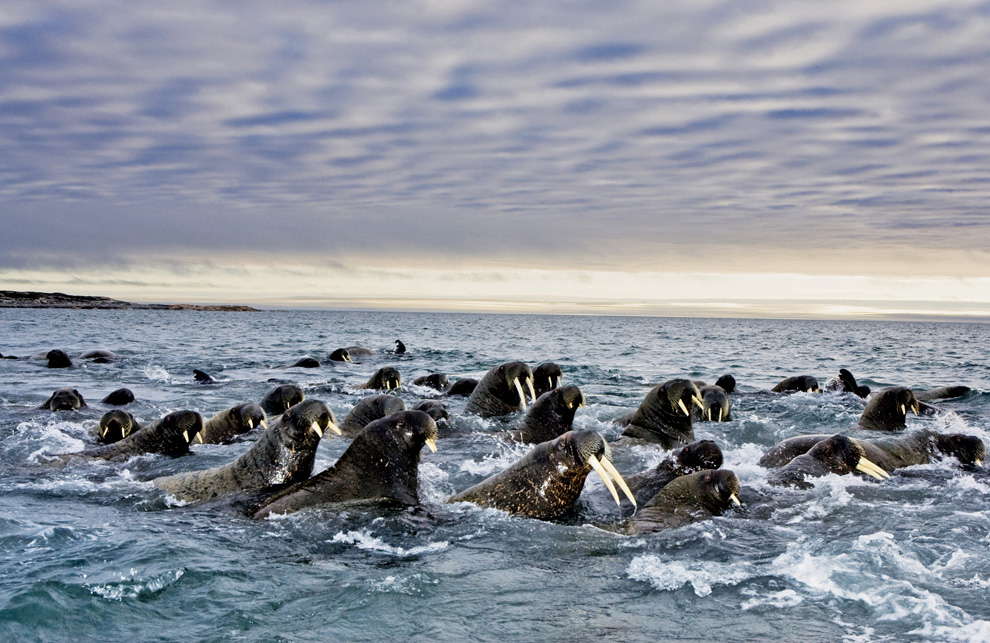
To the walrus, ice is life. An oxygen-breathing marine mammal, it relies on the ice as a place to rest, to give birth, to nurse and to migrate. And with global warming, the ice is disappearing. Their annual migration is becoming a race against time and distance, depth and disaster. (© National Geographic/Paul Nicklen) #
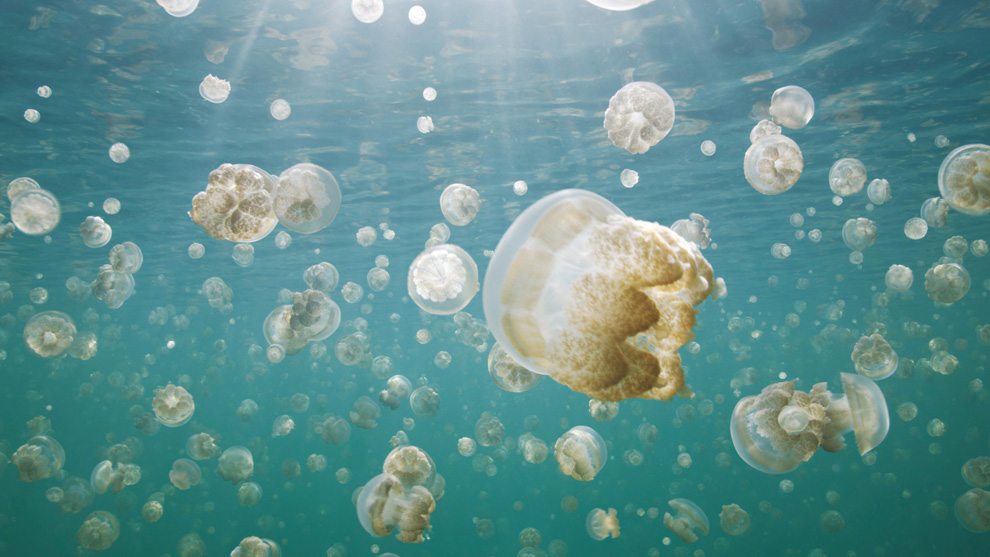
Golden jellyfish of Palau receive their namesake color from algae-like, single-celled organisms named zooxanthellae, which live within jellyfish and provide it with the energy required for life. They follow the sun in a daily migration that feeds their passengers and ensures their own survival. (© National Geographic/National Geographic Television) #

Mali elephants must travel in a perpetual migration across the arid Sahel region in search of food and water. Their yearly 300-mile trek is the longest known elephant migration. As the climate becomes more fickle and human demands on land and water increase, these desert nomads face an ever more uncertain fate. (© National Geographic/Anup & Manoj Shah) #
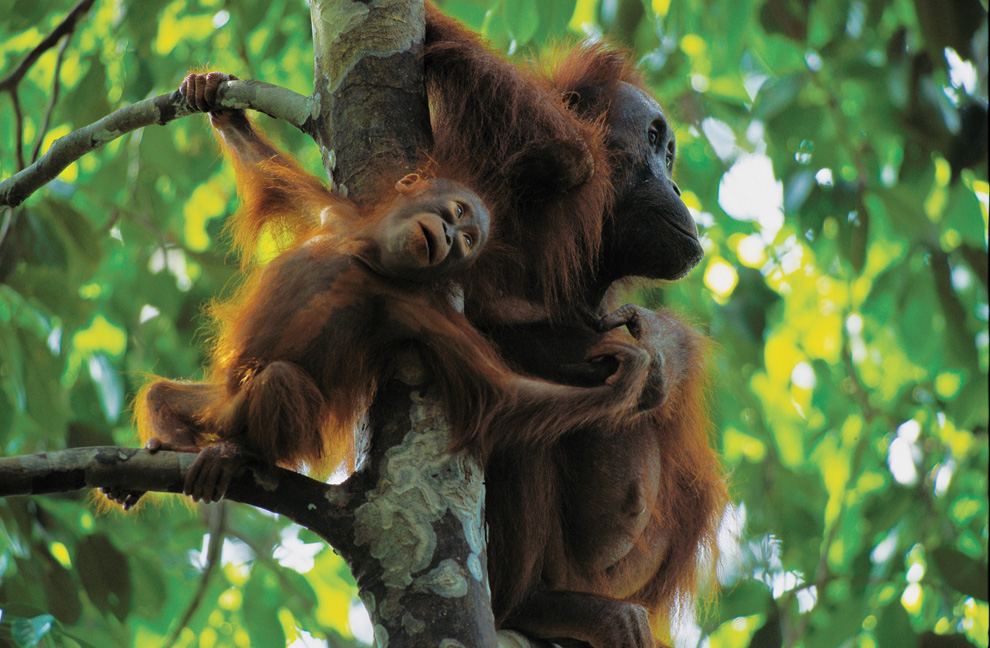
A female Bornean orangutan carries her one-year-old offspring to safety. Orangutans are always after food. Their lives revolve around the search for it. Remarkably, they seem to memorize an internal guide that leads them back to trees just at the time they are in fruit. (© National Geographic/Tim Laman) #

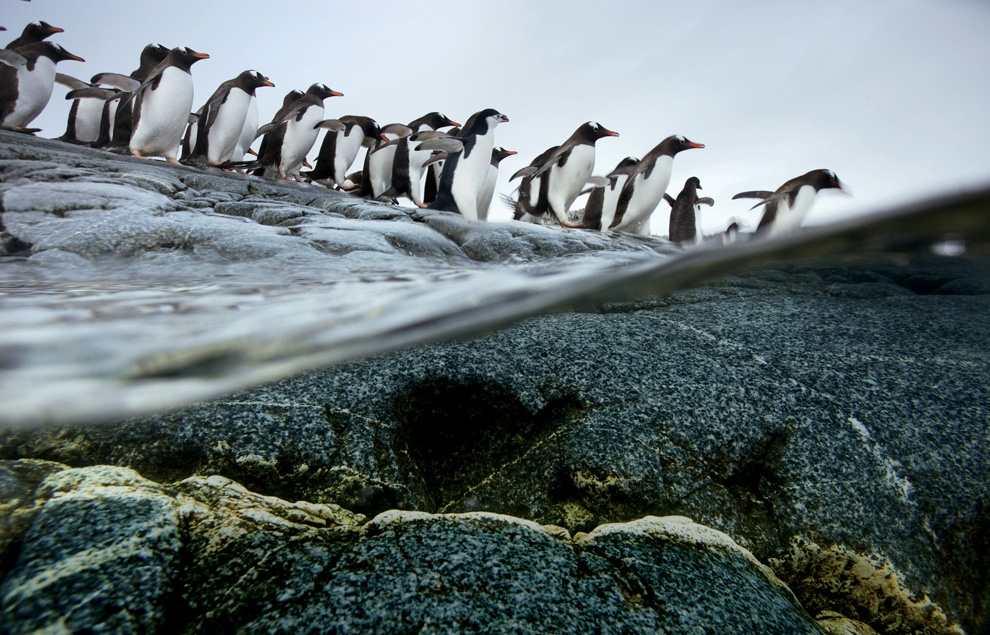
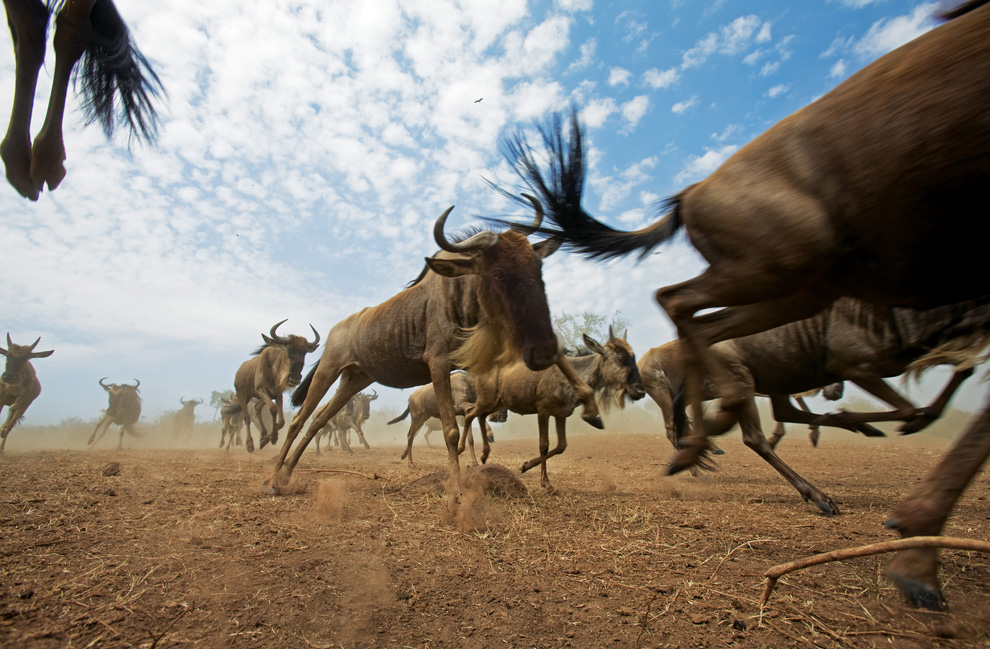
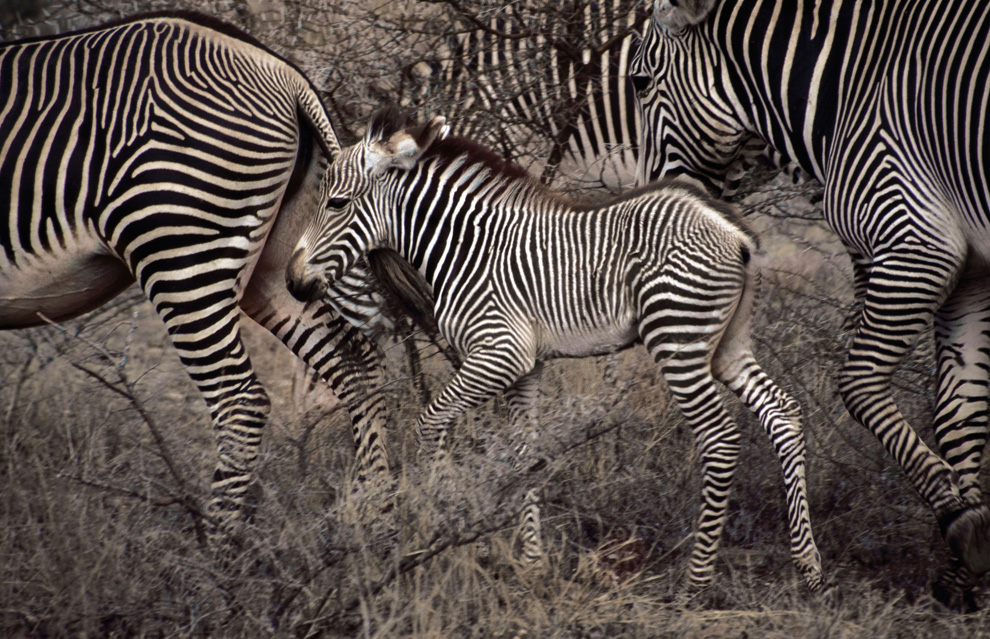

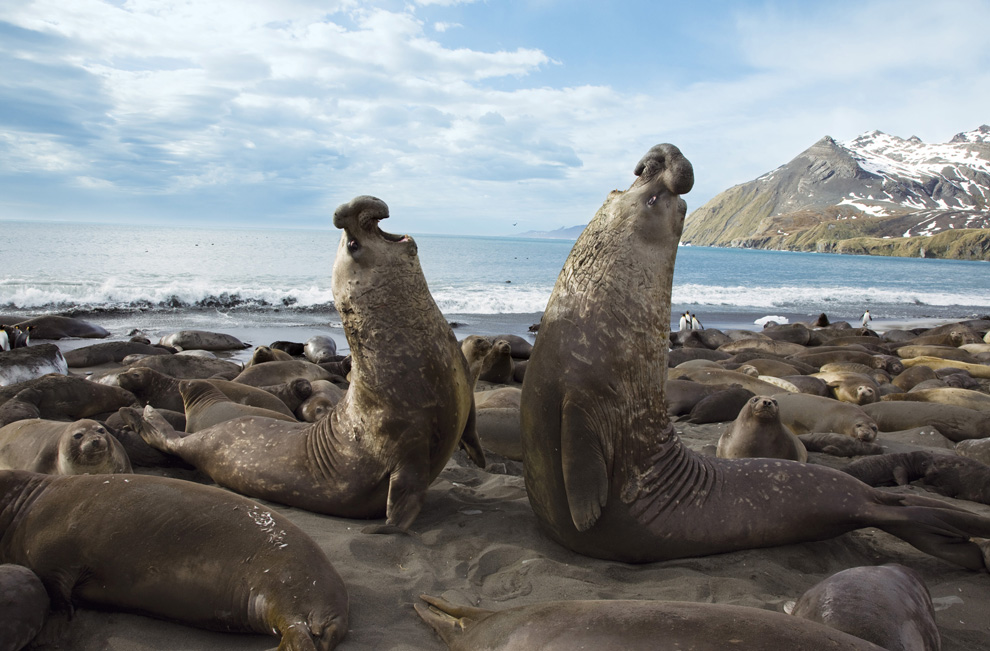
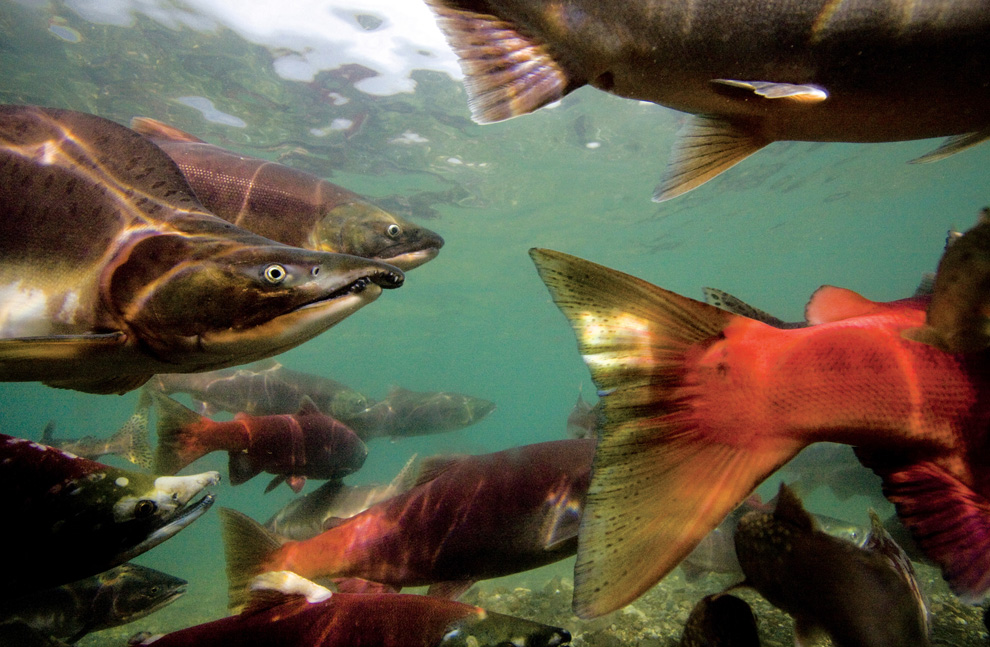

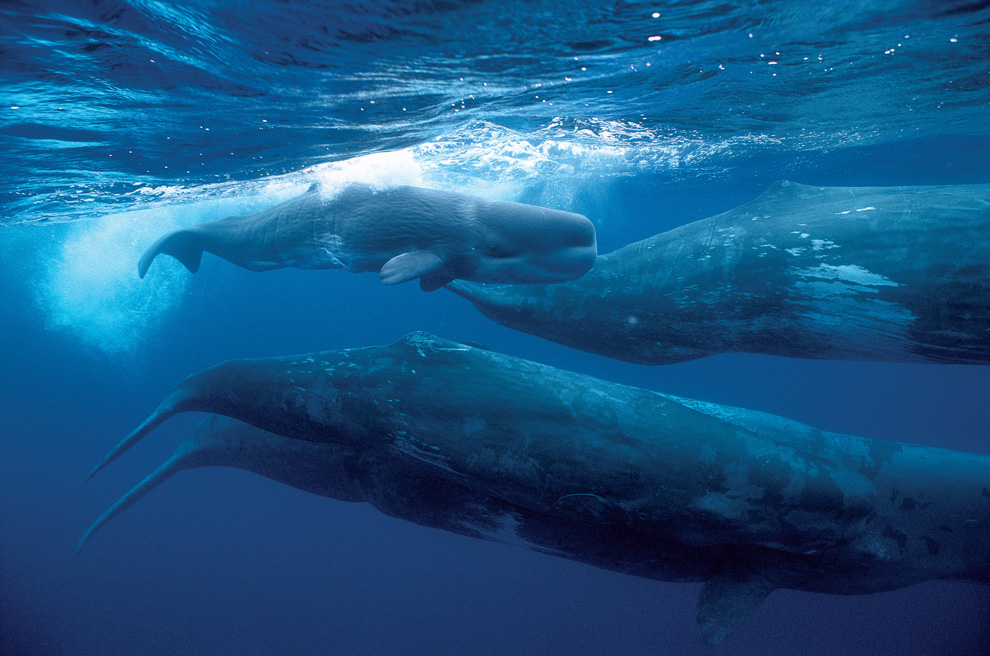
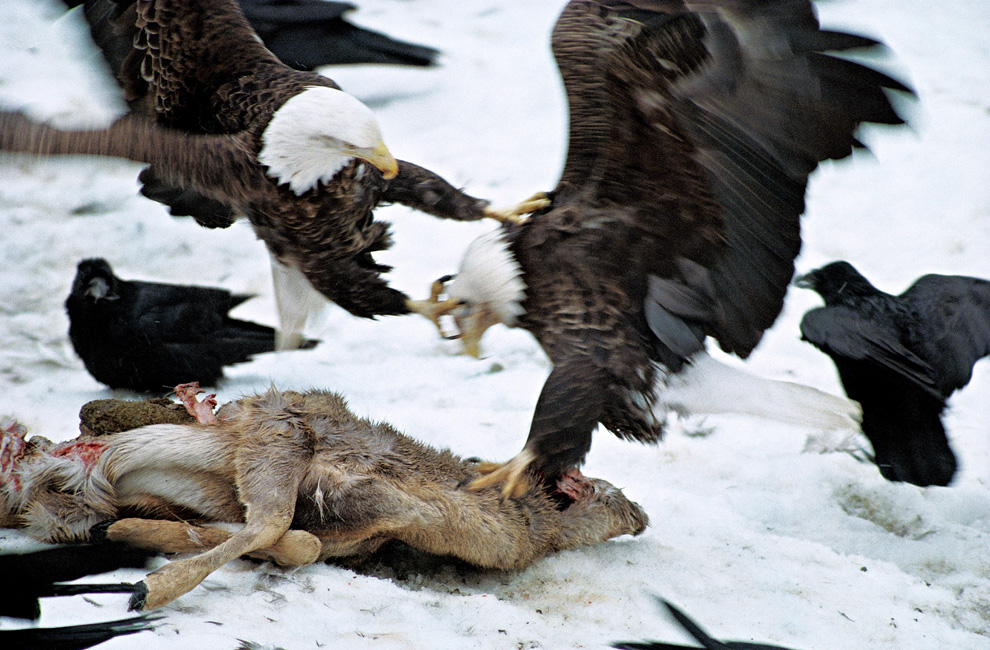
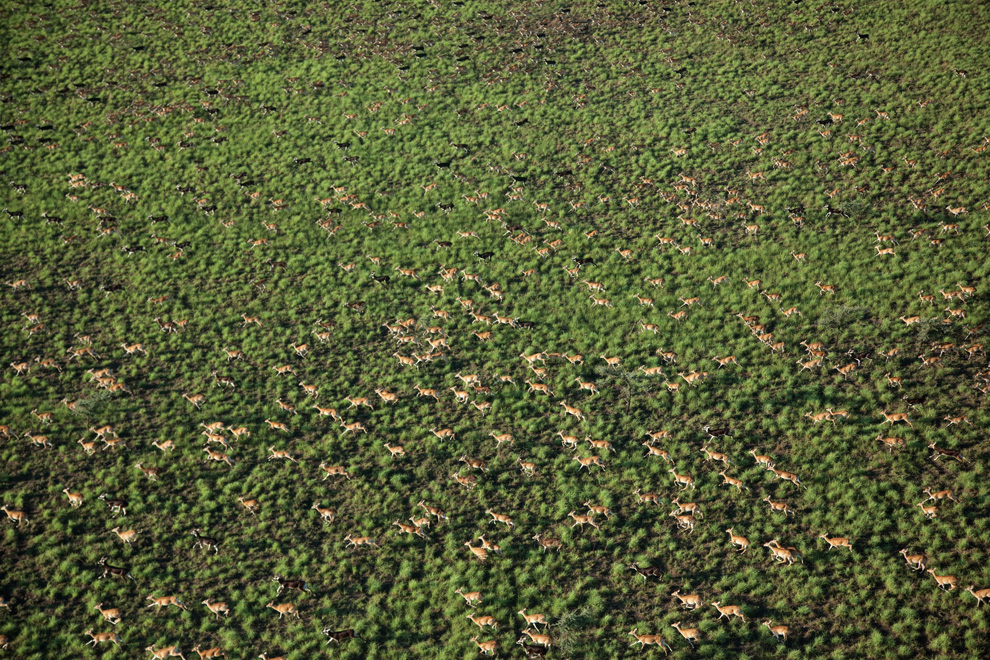

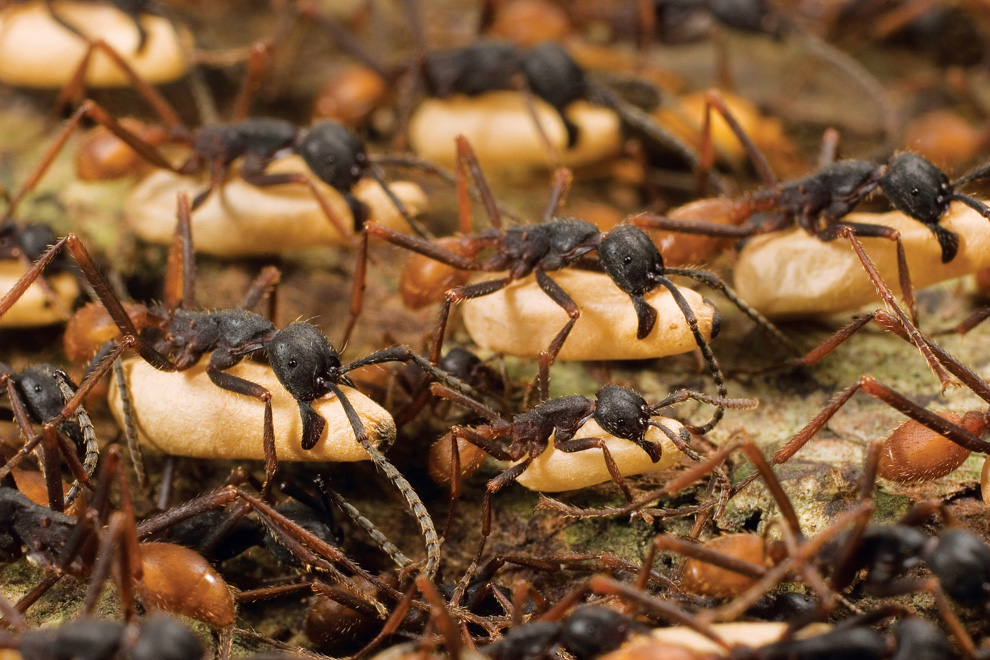
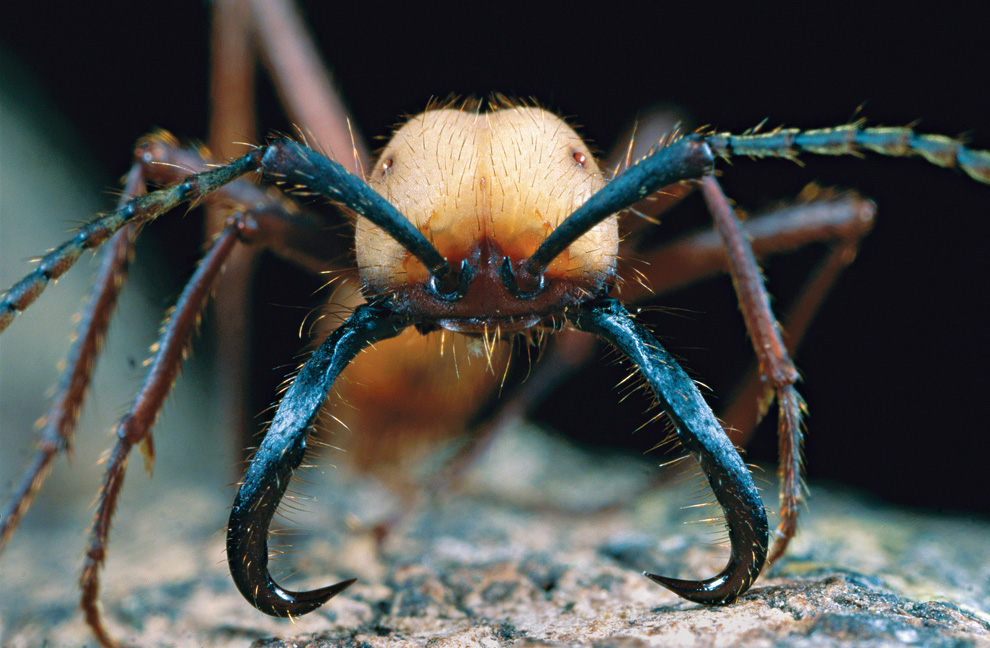
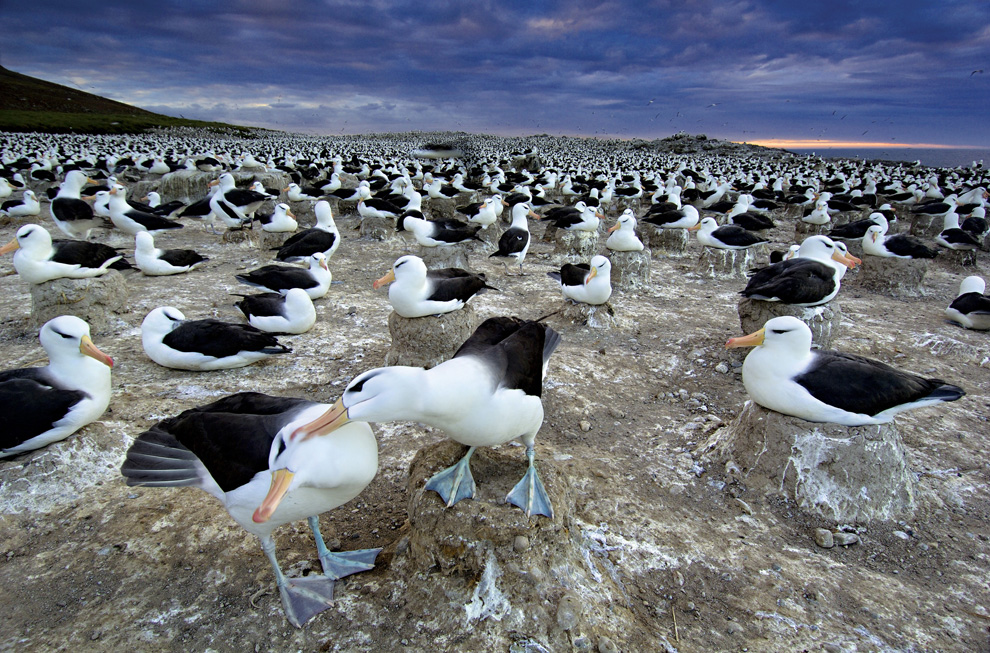
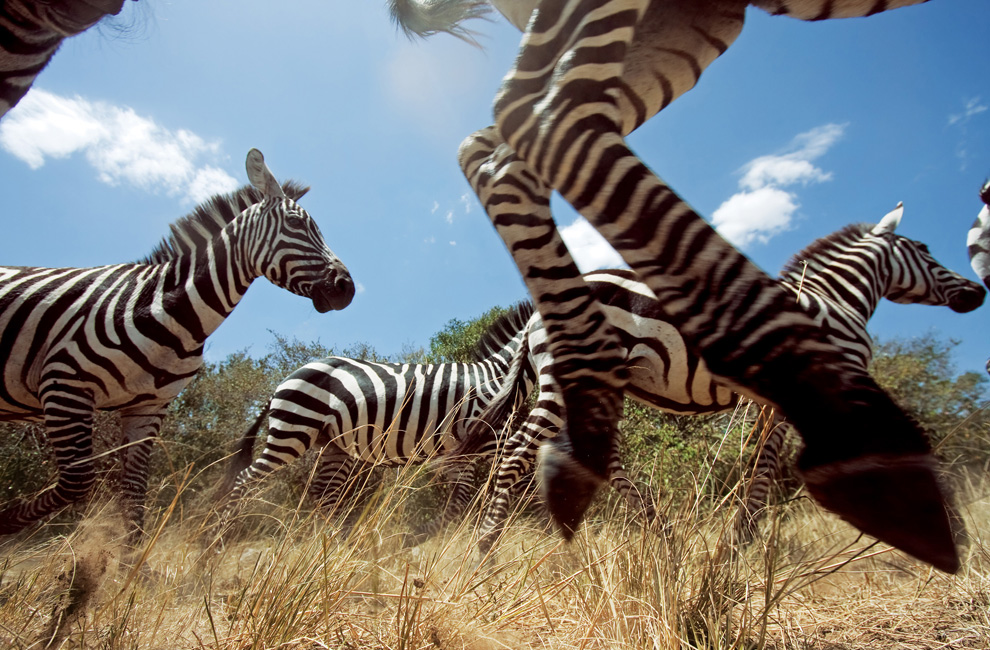
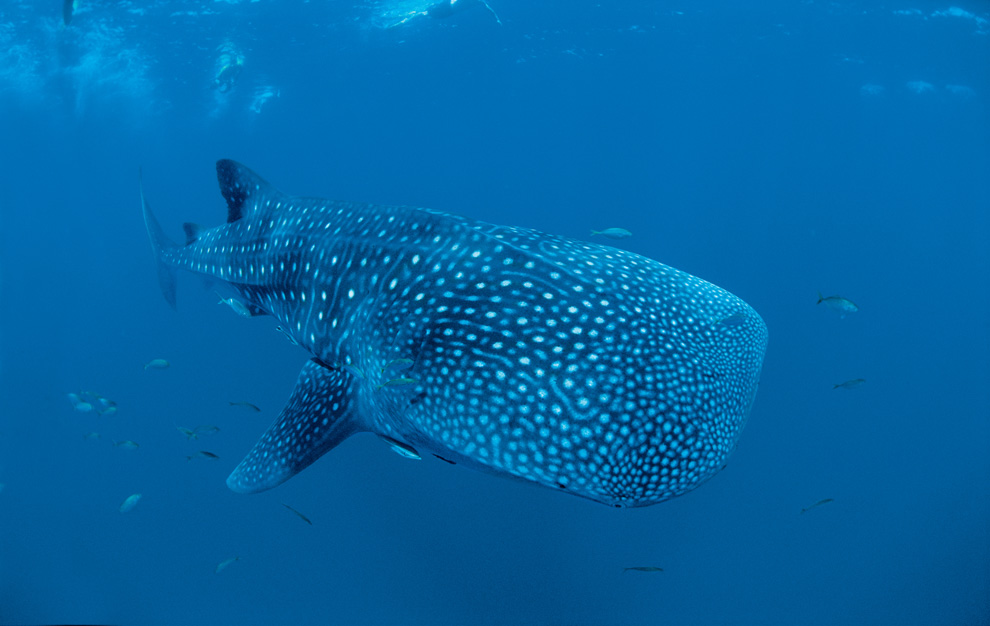
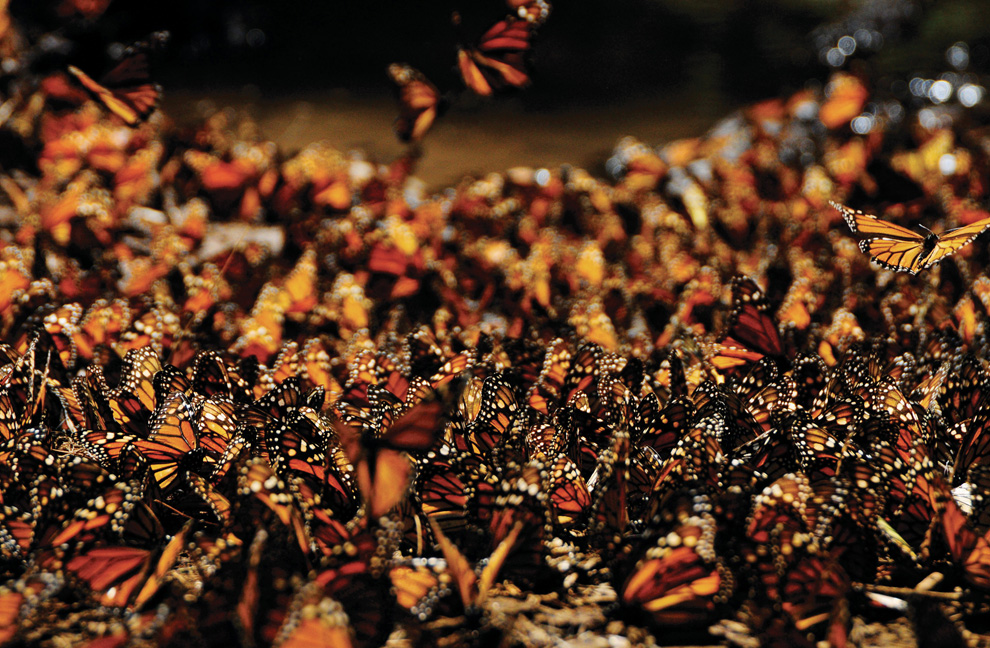
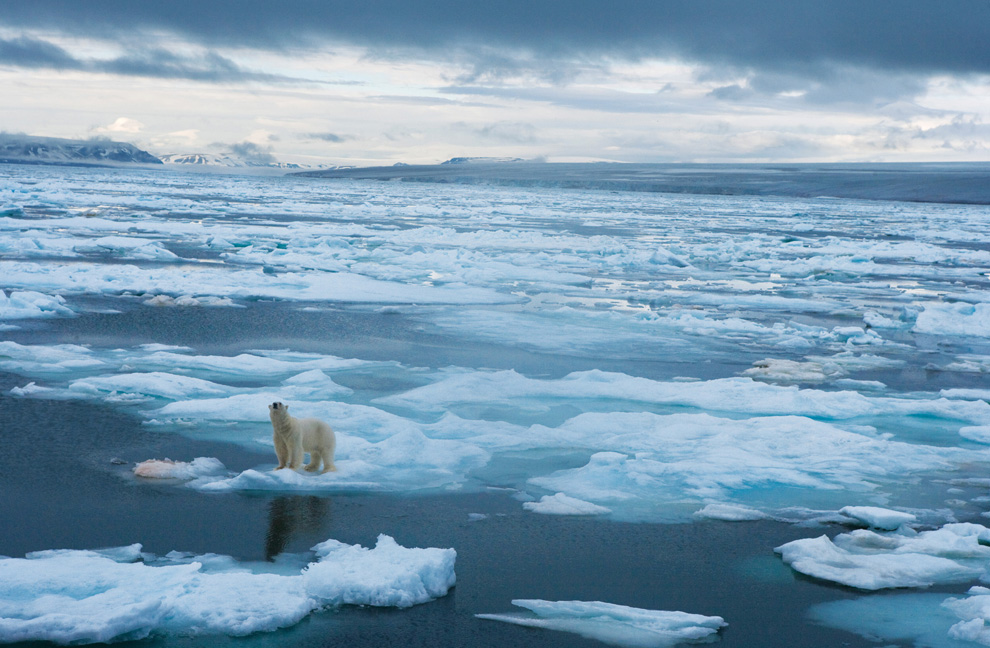
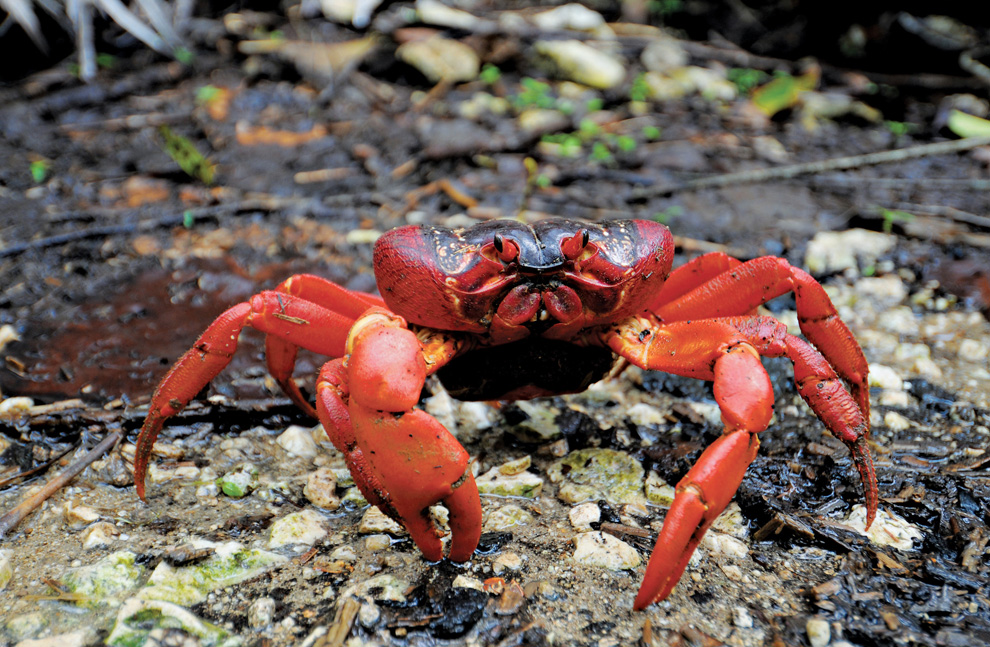
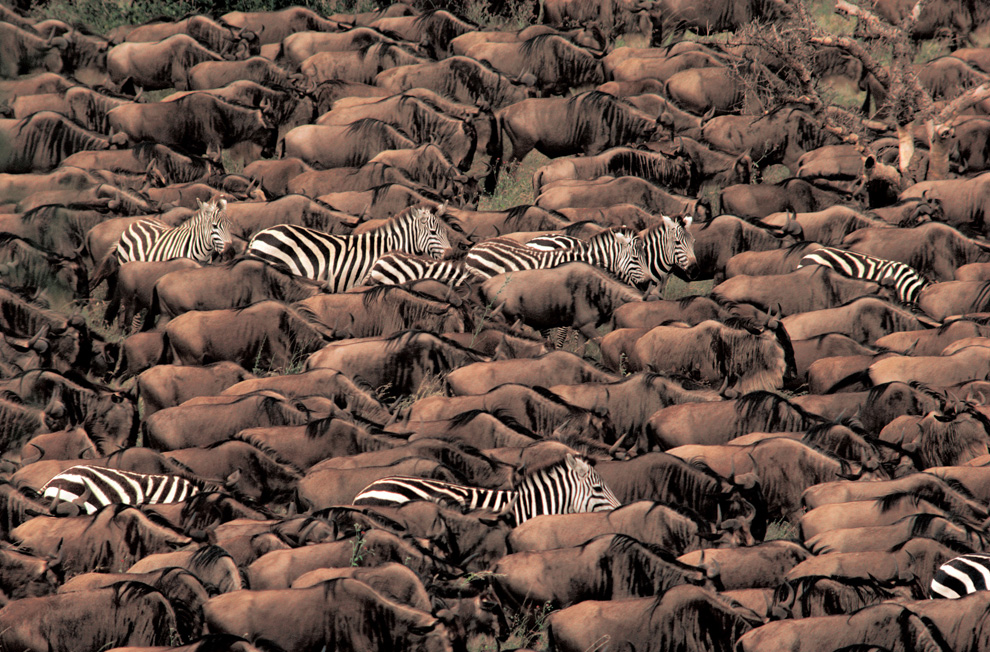


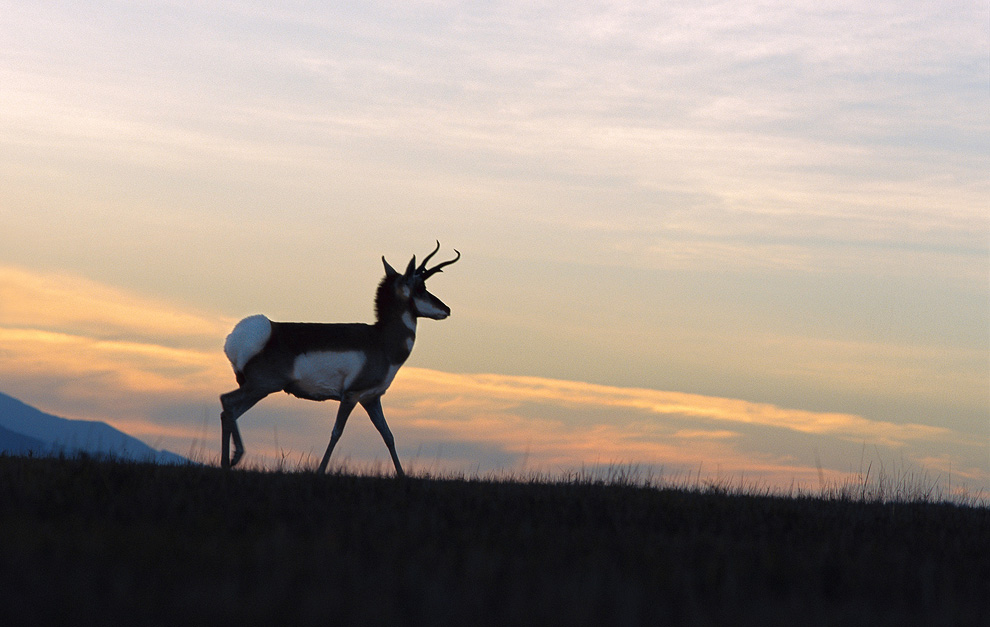
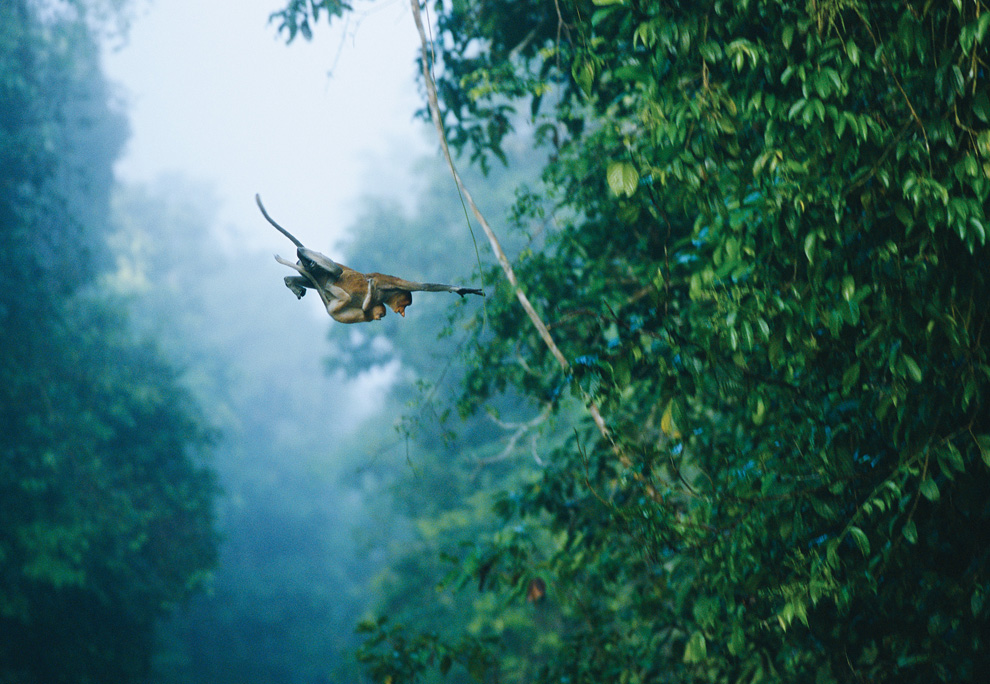
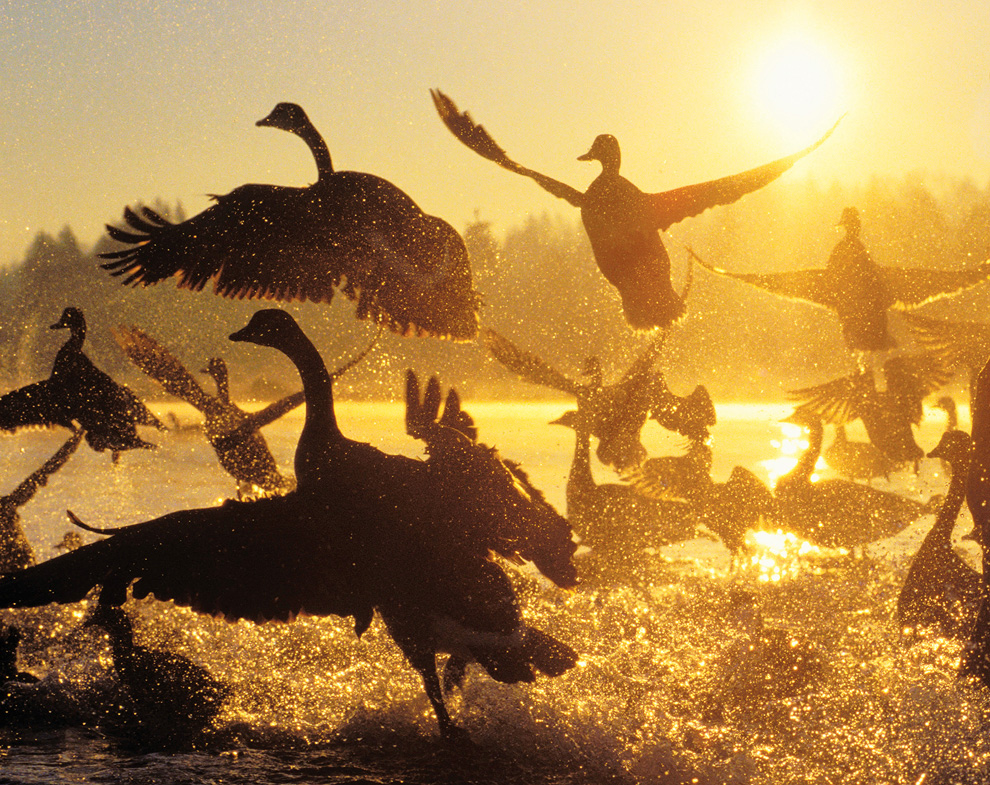
No comments:
Post a Comment